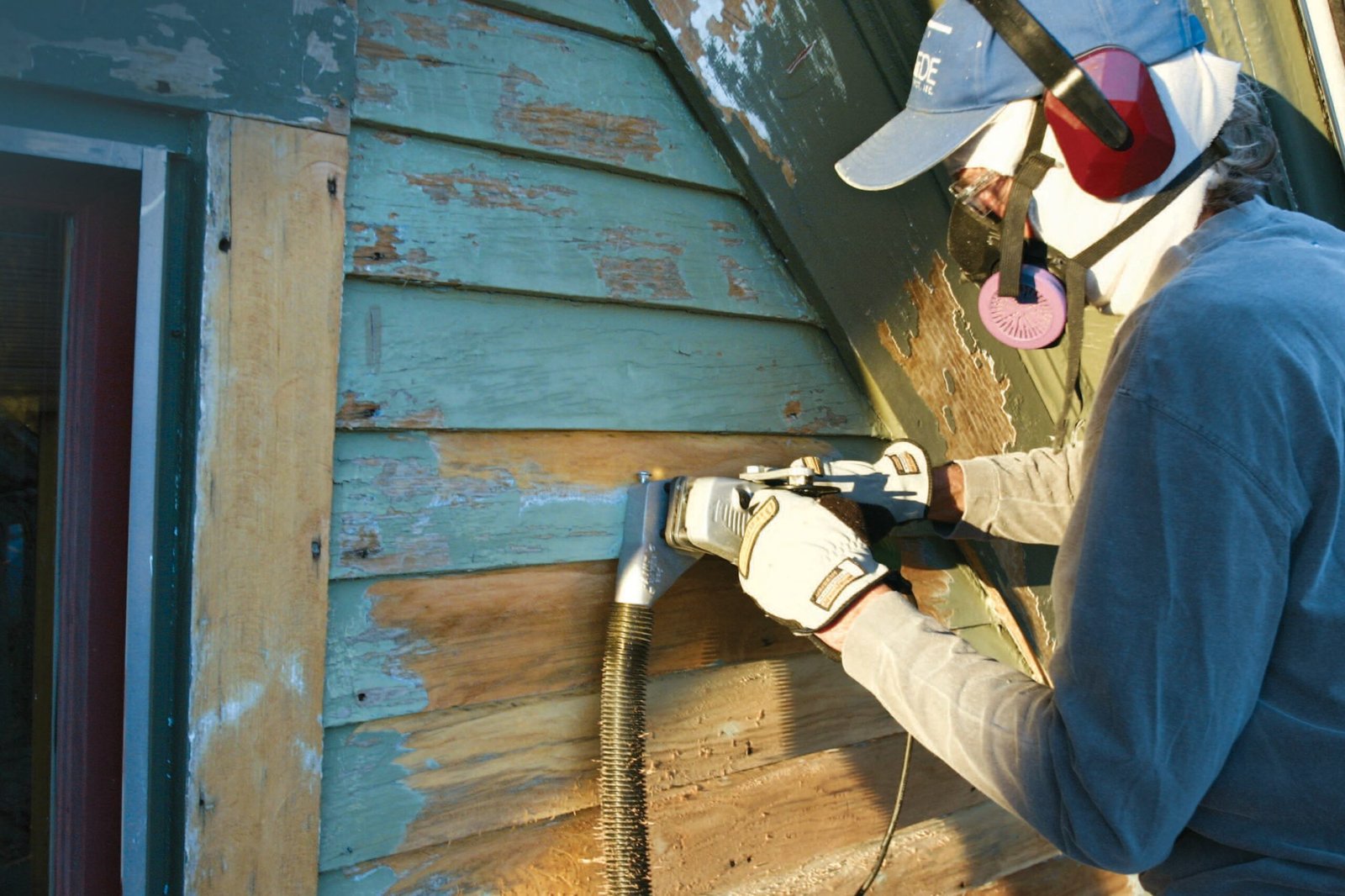Owning a home built before 1978 comes with a unique set of challenges—one of the most serious being the potential presence of lead-based paint. If left untreated, lead paint can pose severe health risks to you and your family. That’s where lead removal and lead abatement come in.
This guide will walk you through everything homeowners need to know about lead removal, from identifying risks to understanding abatement strategies and ensuring your home is safe for everyone. lead paint removal Scottsdale AZ
What Is Lead Removal and Why Should Homeowners Care?
Why Is Lead Paint Dangerous?
Lead-based paint was widely used in homes for decades because of its durability and vibrant colors. However, lead is a toxic metal that can cause serious health issues when ingested or inhaled, especially in children under six and pregnant women.
Lead exposure can lead to:
• Developmental delays and learning disabilities
• Behavioral problems and irritability
• Damage to the brain, kidneys, and nervous system
• In severe cases, seizures or even death
Therefore, lead removal is essential to prevent these risks and create a safer living environment.
How Does Lead Removal Fit Into Lead Abatement?
What Is the Difference Between Lead Removal and Lead Abatement?
Many homeowners confuse lead removal with lead abatement, but they aren’t exactly the same.
• Lead removal specifically refers to the process of eliminating lead-based paint through methods like scraping, sanding, or chemical stripping.
• Lead abatement is a broader term that includes lead removal, but also involves sealing, encapsulating, or replacing components containing lead to permanently reduce exposure risks.
Think of lead abatement as a comprehensive approach, whereas lead removal is one important part of that process.
How Can You Identify If Your Home Needs Lead Removal?
Signs and Testing for Lead Paint
If your house was built before 1978, there’s a higher chance it contains lead paint. Here are some signs to watch for:
• Peeling, chipping, or cracking paint on walls, doors, or windows
• Visible dust or paint chips near painted surfaces
• Previous renovations that disturbed old paint without proper precautions
The most reliable way to confirm lead presence is through professional lead testing or a risk assessment. DIY lead test kits are available, but professional inspections provide a more comprehensive evaluation.
What Are the Common Methods of Lead Removal for Homeowners?
Which Lead Removal Techniques Are Safe and Effective?
When it comes to lead removal, homeowners have several options—though most methods are best left to professionals:
• Wet Scraping and Sanding: Using water to minimize dust while removing paint.
• Chemical Stripping: Applying specialized solvents that dissolve lead paint safely.
• Heat Guns: Softening paint for removal at temperatures below 1100°F to avoid toxic fumes.
• Encapsulation: Sealing lead paint under a protective coating without removing it (a form of abatement).
• Replacement: Removing and replacing lead-painted components like window frames or trim.
Each method has pros and cons depending on your home’s condition and budget.
Why Should Homeowners Hire Professionals for Lead Removal?
What Are the Risks of DIY Lead Removal?
Attempting lead removal on your own can be hazardous. Lead dust is invisible and easily inhaled or spread, creating serious health risks for you and your family.
Certified lead removal specialists provide:
• Safe containment and disposal of lead waste
• Use of specialized equipment like HEPA vacuums and protective barriers
• Compliance with federal and local regulations (EPA, OSHA)
• Post-removal clearance testing to ensure your home is safe
Hiring professionals ensures the job is done safely, thoroughly, and legally.
How Can Homeowners Prepare for Lead Removal or Abatement?
Tips for a Smooth and Safe Lead Removal Process
• Clear the Area: Remove furniture, toys, and personal items from rooms undergoing lead removal.
• Protect Yourself: If you must be near the work, wear protective gear like respirators, gloves, and disposable suits.
• Limit Access: Keep children, pets, and pregnant women away from the area.
• Communicate: Inform family members about the process and timeline.
• Plan Temporary Relocation: Depending on the project scale, you might need to stay elsewhere until the home passes clearance tests.
• Verify Clearance: Ensure professionals perform dust wipe tests and clearance inspections post-removal.
Proper preparation minimizes risks and disruption.
What Is the Cost of Lead Removal and Lead Abatement?
Is Lead Removal Worth the Investment?
Costs can vary based on the size of your home, the extent of lead contamination, and the methods used. Lead removal is an investment in your family’s health and can prevent costly medical bills or legal liabilities later.
Benefits include:
• Increased property value and marketability
• Compliance with safety laws
• Peace of mind knowing your home is safe
Conclusion
Lead paint is a hidden hazard that demands serious attention. For homeowners, understanding the difference between lead removal and lead abatement, recognizing when your home might be at risk, and taking the right safety steps are essential.
Professional lead removal services ensure your home is cleaned safely and effectively, protecting your loved ones from dangerous lead exposure. Whether through removal, encapsulation, or replacement, investing in lead abatement is investing in a healthy, safe future for your family.
If you suspect your home contains lead-based paint, don’t wait. Get a certified lead inspection and start planning your lead removal Phoenix AZ or abatement today.
